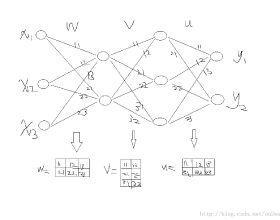How the brain performs credit assignment is a fundamental unsolved problem in neuroscience. Many `biologically plausible' algorithms have been proposed, which compute gradients that approximate those computed by backpropagation (BP), and which operate in ways that more closely satisfy the constraints imposed by neural circuitry. Many such algorithms utilize the framework of energy-based models (EBMs), in which all free variables in the model are optimized to minimize a global energy function. However, in the literature, these algorithms exist in isolation and no unified theory exists linking them together. Here, we provide a comprehensive theory of the conditions under which EBMs can approximate BP, which lets us unify many of the BP approximation results in the literature (namely, predictive coding, equilibrium propagation, and contrastive Hebbian learning) and demonstrate that their approximation to BP arises from a simple and general mathematical property of EBMs at free-phase equilibrium. This property can then be exploited in different ways with different energy functions, and these specific choices yield a family of BP-approximating algorithms, which both includes the known results in the literature and can be used to derive new ones.
翻译:大脑如何执行信用分配是神经科学中一个根本的尚未解决的问题。 许多“ 生物上合理” 算法已经提出, 计算梯度时, 梯度的计算方法接近于反反向反向分析( BP), 其操作方式更接近神经电路的限制。 许多这种算法使用基于能源模型的框架( EBMs ), 模型中所有自由变量都优化, 以最大限度地减少全球能源功能。 然而, 在文献中, 这些算法是孤立存在的, 没有统一的理论将它们联系在一起。 在这里, 我们提供了一个关于 EBMs 能够接近 BP 的条件的综合理论, 使我们能够将许多 BP 近似结果( 即预测编码、 平衡传播和对比的 Hebbian 学习) 统一起来, 并表明它们与 BP 的近似性来自自由级 EBMs 的简单和一般的数学属性。 然后, 这些属性可以以不同的方式被利用, 不同的能源功能, 并且这些具体选择产生一种 BP 相配方算算法的组合, 既包括文献中的已知结果, 也可以用来进行新的 。



